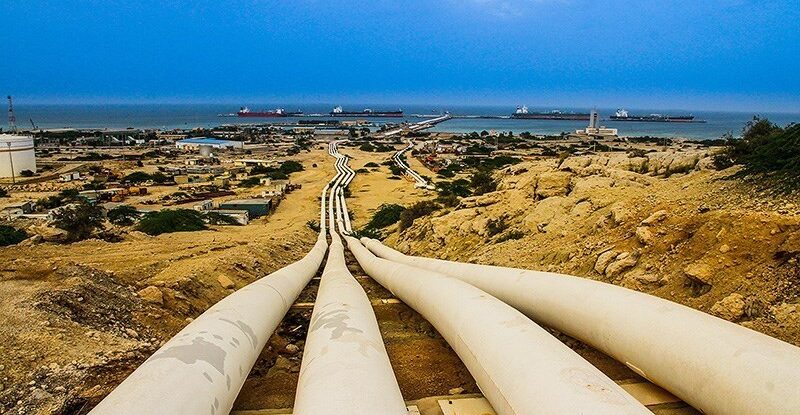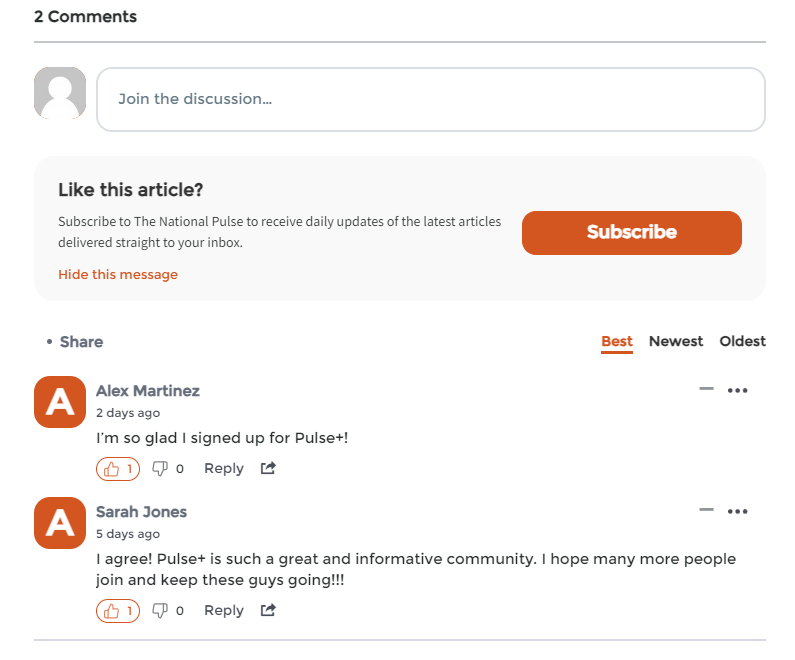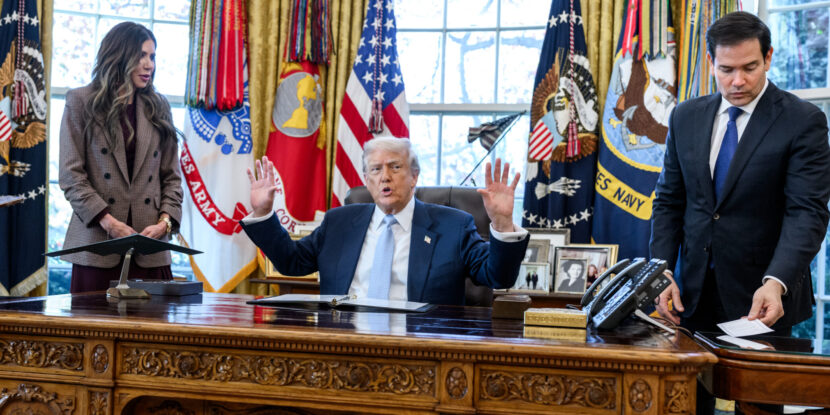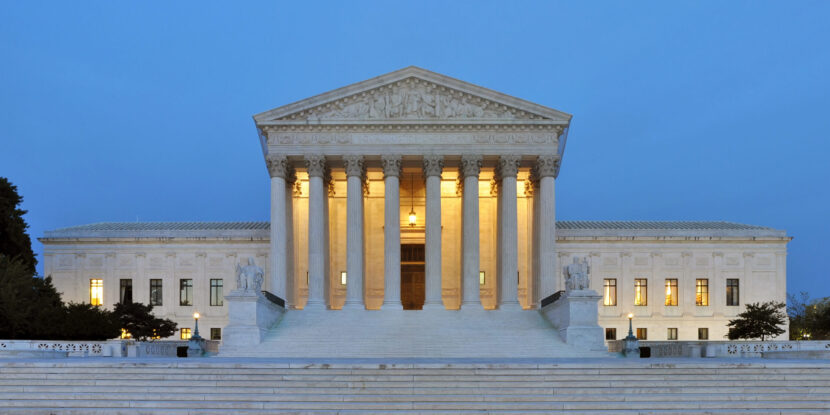❓WHAT HAPPENED: Iran has warned it may shut the Strait of Hormuz, a vital oil transit route, if the U.S. intervenes in its conflict with Israel.
👤WHO WAS INVOLVED: Senior Iranian officials, including Ali Yazdikhah and Behnam Saeedi, along with U.S. President Donald J. Trump and Iranian Supreme Leader Ali Khamenei.
📍WHEN & WHERE: Statements were made on Wednesday and Thursday, with escalating tensions in the Middle East and discussions in Washington, D.C., and Geneva.
💬KEY QUOTE: “If the United States officially and operationally enters the war in support of the Zionists, it is the legitimate right of Iran to disrupt their oil trade’s ease of transit.” – Ali Yazdikhah, a senior Iranian lawmaker.
🎯IMPACT: A closure of the Strait of Hormuz could disrupt global oil markets, prompt a strong military response from regional powers like Saudi Arabia, and escalate the conflict further.
Iran has threatened to close the Strait of Hormuz, a key chokepoint for global oil transit, if the United States becomes directly involved in its conflict with Israel. Ali Yazdikhah, a senior Iranian lawmaker, stated, “If the United States officially and operationally enters the war in support of the Zionists, it is the legitimate right of Iran to disrupt their oil trade’s ease of transit.”
Behnam Saeedi, a member of Iran’s National Security Committee presidium, echoed this, saying that closing the strait is “one of the potential options.” The remarks come as tensions rise in the region, with U.S. President Donald J. Trump weighing the possibility of military strikes on Iran’s nuclear facilities.
The Strait of Hormuz is a critical maritime passage that handles approximately 26 percent of the world’s oil trade. The International Energy Agency (IEA) has warned that any disruption to the flow of oil through the strait would have significant consequences for global markets. Historically, Iran has demonstrated its capacity to threaten shipping in the strait, using tactics such as deploying mines and targeting oil tankers during the Iran-Iraq War. Notably, if Iran were to deploy a significant number of mines in the strait’s waters, it could effectively close the passage to ships for the foreseeable future.
Recent satellite photos and shipping analysis indicate that Iran is rapidly moving to fill its oil tanker fleet and disperse it well outside the Persian Gulf and into the open ocean. A bulk of the shipping traffic moving through the Strait of Hormuz in recent days is attributed to the Iranian oil tanker fleet departing the country’s primary petroleum storage hub, Kharg Island. Consequently, satellite images of Kharg Island show its oil storage containers all to be near capacity, suggesting Iran intends to fill and disperse as many tanker ships in its fleet as possible before it makes a possible move to mine the waters of the strait.
During Thursday’s White House press briefing, Press Secretary Karoline Leavitt read a statement from President Trump, laying out a timeline for potential U.S. action: “Based on the fact that there’s a substantial chance of negotiations that may or may not take place with Iran in the near future, I will make my decision whether or not to go within the next two weeks.” Meanwhile, Iranian Supreme Leader Ayatollah Ali Khamenei warned late Wednesday, “The Americans should know that any U.S. military intervention will undoubtedly be accompanied by irreparable damage.”
Diplomatic efforts remain ongoing, with Germany, France, and Britain set to meet Iranian officials in Geneva on Friday for nuclear talks.
Join Pulse+ to comment below, and receive exclusive e-mail analyses.



















